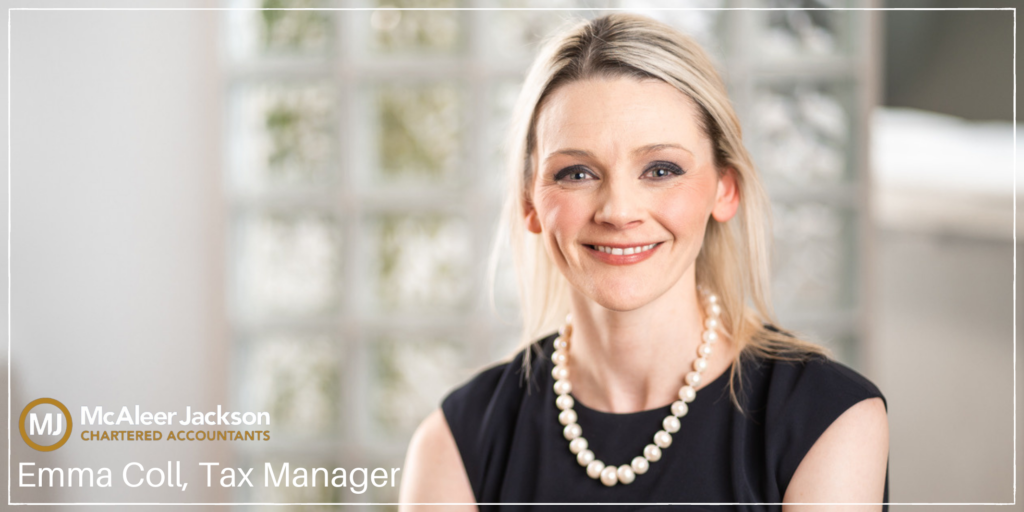Capital Allowances for Commercial Properties

Capital allowances on commercial properties can potentially provide very valuable tax relief but are often overlooked.
The complex rules in this area mean that, for all property transactions, care must be taken to establish entitlement, quantify qualifying expenditure and ensure a claim is made within the prescribed timescales.
A claim for capital allowances in relation to a commercial property is potentially very valuable. Depending on the type of building involved, and in particular the extent of the fit-out, the available capital allowances have in our experience been anywhere from 10% to 45% of the cost of the property (a hotel, for example, may be at the higher end, whilst a warehouse may be at the lower end of this range).
Taking the example of a company acquiring a commercial property for £500,000 and paying a corporation tax rate of 19%, tax savings of up to £42,000 may be obtained by making a claim.
What expenditure qualifies for relief?
Where the building contains items of plant and machinery which are fixed to it (such as fitted kitchen equipment, fitted bathroom and sanitary equipment, fire alarm systems, CCTV systems, electrical systems, lifts, heating systems, air-conditioning systems to name a few), these plant and machinery ‘fixtures’ that can qualify for capital allowances.
‘Fixtures’ are specifically defined in the legislation as the ‘plant and machinery that has been installed in the building so as to become, in law, part of the building’ (so it should not be confused with ‘fixtures and fittings’ per the accounts).
Certain types of ‘fixtures’ are further classified as ‘integral features’, and include: –
- lifts, escalators and moving walkways.
- space and water heating systems.
- air-conditioning and air-cooling systems.
- hot and cold-water systems (but not toilet and kitchen facilities)
- electrical systems, including lighting systems.
- external solar shading.
Relief for expenditure on ‘fixtures’ will be given as a deduction against taxable profits either by way of the Annual Investment Allowance (AIA) – up to a limit of £1m remaining in place until 1 January 2022 – or by claiming a Writing Down Allowance (WDA) at either 18% or 6% (‘integral features’)over a number of years.
Some buildings may also qualify for the new Structures and Buildings Allowances (SBAs). SBAs are not however covered in this article.
Potential pitfalls
Tax legislation in respect of capital allowances on the acquisition of commercial buildings has evolved over the past decade or so, and the following measures have been introduced by HMRC that have critical implications in terms of securing the allowances:
Pooling Requirement: since April 2012 the property vendor must have pooled the qualifying expenditure on the fixtures on their own capital allowances computations before they can be passed over to the buyer.
Fixed Value requirement: since April 2014 each party to the transaction must sign an election to determine the value of the fixtures that are being passed from vendor to purchaser (an election under either s. 198 or s. 199 of the Capital Allowances Act 2001). The amount per the election cannot exceed the vendor’s original spend on the fixtures.
‘Integral features’ (as explained above): this category of ‘fixture’ has only existed since April 2008. Where the vendor bought the property themselves before this date, the purchaser may potentially have an unrestricted claim on these ‘pre-commencement’ integral features (i.e., not needing to meet the pooling and fixed value requirements).
Deadlines: there are time limits for the submissions of elections and claims that need to be adhered to.
Action:
In the course of a commercial property transaction, the above matters need to be carefully considered in the early stages of the negotiations. The Commercial Property Standard Enquiries (CPSEs) carried out by the purchaser’s solicitor will provide a certain amount of information in relation to the historic capital allowance position on the building, but dates are critical and the full ownership history and the tax positions of the previous owners will all needs to be ascertained and assessed to establish whether a claim may be made.
For a new commercial property acquisition…
The preparation of a claim capital allowances on expenditure on fixtures tends to be complex area of tax and complications can arise depending on the facts of each case. Errors can be costly and it is crucial that professional advice is taken in the course of any commercial property acquisition to ensure that potentially valuable tax relief is not missed.
… and don’t overlook the potential to make a late claim on an existing property.
The potential for a ‘late claim’ in respect of an existing commercial property should also not be overlooked. Many commercial property owners are sitting on unrealised tax relief (it is estimated that only 10% of potential claims for relief are actually made).
Property owners should consider engaging a capital allowances specialist to quantify the available allowances so that they can make a claim to HMRC and realise this valuable tax relief.
For more information please contact Emma Coll.

The above article is for general guidance and informational purposes only and is not intended to constitute legal or professional advice. It should not be taken as specific advice for your own circumstances and relied upon. You are advised to take professional advice before taking any action in relation to the above matters.
Recent Posts
- Making Tax Digital for Income Tax April 2025 16 April 2025
- Director-shareholder loan account issues 28 March 2024
- McAleer Jackson My Journey Apprenticeship evening 23 November 2023
- Basis Period Reform 9 May 2023


